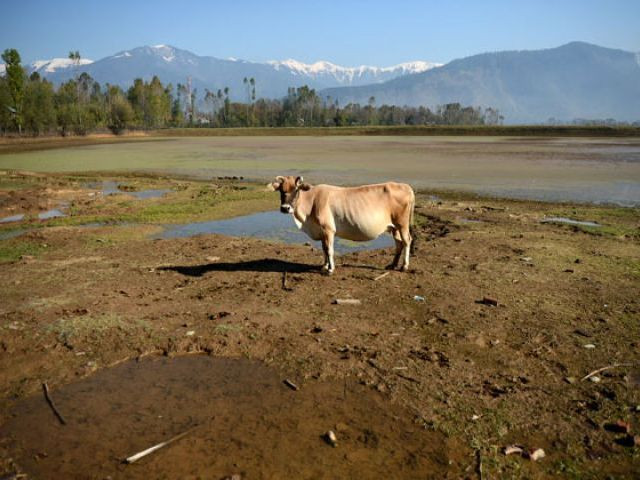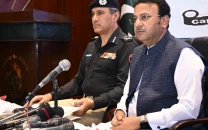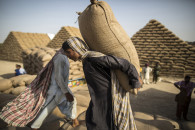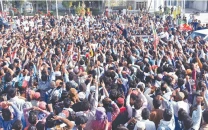Exploring change: Impact of climate change on humans, animals
Dr Brad Chase discusses animal practices in Indus civilisation

His session at the Mohen Jo Daro Conference 2017 was on ‘Transformation and Resilience: Social Change and Agricultural Practice of the Indus Civilisation in Gujarat Explored Using Animal Bones and Biogenic Isotopes’. Dr Chase has been exploring the Indus Civilisation in Gujarat in his recent work.
“I’m focusing on Gujarat, but i want you to focus on how this [method] can be applied here in Mohen Jo Daro,” he told participants of the session.
He began by discussing the impact of climate change on the people and animals of the Indus Civilisation, saying that they have discovered that there was a decrease in the strength of the summer monsoon in the area, as well as the rest of the region, from Tibet to Oman.
“‘A climatic event cannot be blamed simply for collapse and de-urbanisation’,” he quoted Dr Marco Madella as saying. “Climates change, that’s what they do. Farmers adjust, that’s what they do,” Dr Chase stressed.
We want to know how they raised animals, what the animals ate and where they moved, he said, summing up his research. He said his team used animal bones to answer these questions, as they are very durable. “They’re ugly but durable,” he laughed, adding that animal bones are the second most common artefacts found at archaeological sites after pottery shards.
He showed participants graphs to illustrate the ratios of animal ownership in the area. He also showed a pictorial depiction of analysing animal teeth, from finding the teeth to scraping lines into them and putting the powder in vials.
He said farmers in the general area found a way to adapt to the climate change and raised their animals in a relatively similar way. The animals did not move around too much, Dr Chase explained, illustrating his point with a comparison chart.
Explaining the process of coming to this conclusion, he said his team visited different geological sites and collected dung. They then analysed the samples, which varied across different landscapes, from which they could deduce where the possible grazing ranges for the animals were.
There were no major changes between the integration and localisation eras in the animals’ grazing in the area, he concluded, adding that the farmers of the time were very resilient.
Published in The Express Tribune, February 10th, 2017.



















COMMENTS
Comments are moderated and generally will be posted if they are on-topic and not abusive.
For more information, please see our Comments FAQ